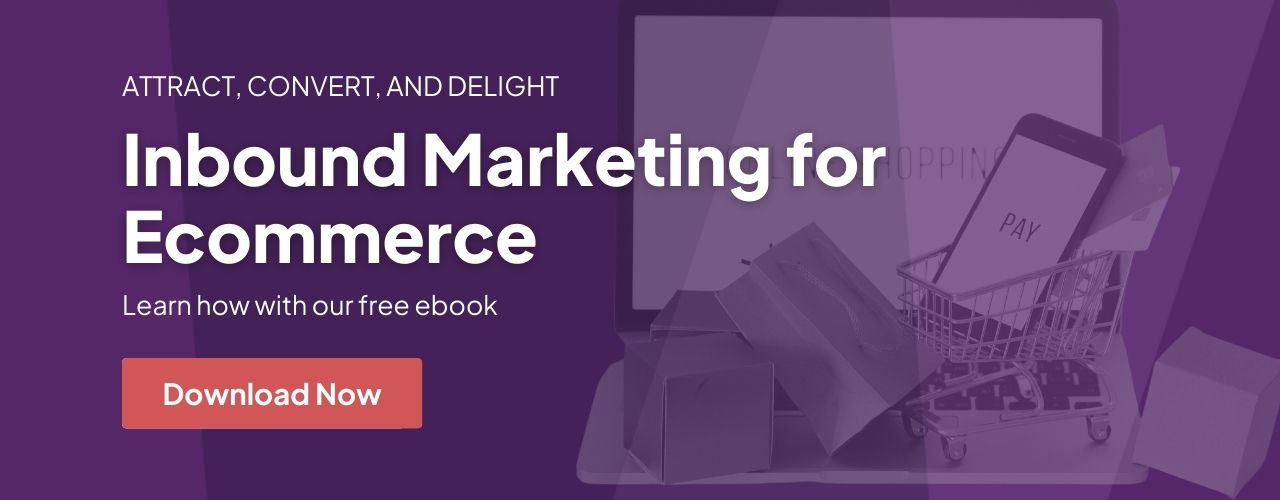Follow-up email is a standard practice in all sales strategies. As simple as it sounds, it can be daunting for salespeople to perform effectively.
Many assume that they spend most of their time attending meetings or answering phone calls at work, but that's not always the case.
Master the Email Follow-up
Today, email has become one of the primary communication methods for businesses, with the average worker spending over four hours per week answering messages.
Because of this, it’s necessary to craft engaging, straightforward emails that don’t waste the recipient’s time and encourage a quick email response. This article shares useful business email tips to help your messages stand out in a crowded inbox.
1. Write Descriptive Subject Lines
The subject line should reveal why the email is being sent, encouraging the recipient to open the message and send an email response.
Subject lines should be concise – if the subject line is clearly written, it’s likely that the email body will be straightforward, too. Avoid full sentences when writing a subject line.
A few phrases should also be avoided when crafting an email subject line. Simply using “I'm doing a Follow-up” is too vague and won’t necessarily elicit a response. A better example of a subject line would be “Our meeting summary & next steps.”
3 Advanced Tactics Marketers Can Use to Boost Email Open Rate
2. Get to the Point
When writing the opening lines of an email, you may be tempted to elaborate on your company’s credentials or achievements. However, the first few lines should convey only what is being asked of the recipient.
/Imported_Blog_Media/Email-Response-3-550x367-3.jpg?width=550&name=Email-Response-3-550x367-3.jpg)
An effective message typically includes:
- An opening greeting
- The reason for emailing
- Important details
- A call-to-action
- A closing greeting
Using this simple format is considerate toward the recipient, encouraging a prompt email reply.
3. Use Simple Language
Incorporating complicated language or industry jargon may cause the recipient to close the message before creating an email response.
If your sentences use more than one comma, consider breaking them down into multiple sentences. Emails that are easy to understand are much more likely to receive a reply.
4. Utilize Numbers
Using numbers and statistics in your message can greatly attract the recipient’s attention and elicit an email response.
Typically, numbers written as numerals allow the reader to quickly scan the information (i.e., writing “21” instead of “twenty-one”). Numbers also lend credibility to your message, compelling the recipient to open it and send a reply.
5. Keep It Short & Sweet
A five-year analysis of company emails revealed that short emails result in faster reply times.
Sending shorter emails can benefit you and the recipient, allowing you both to spend less time viewing and sending emails.
The ideal email message length will vary depending on your industry, but most messages should be less than 200 words. Keeping your emails below that target is a good place to start.
How to Send Successful Welcome Emails
6. Try Using Bullet Points
Bullet points and numbered lists are excellent tools for organizing your email’s structure. Here are a few reasons why:
- Bullet points do not require full sentences, so you can convey a message using fewer words.
- Bullet points break up your email’s formatting, which helps maintain the recipient’s attention.
- Lists help outline steps in a process, which is helpful when writing emails about meetings or objectives.
/Imported_Blog_Media/Email-Response-2-550x367-2.jpg?width=550&name=Email-Response-2-550x367-2.jpg)
7. Answer Your Recipient’s Questions
While the subject of your email may be important to you, that doesn’t always mean that the recipient finds it relevant. When writing a business email, answering “So what?” is essential. When you provide the reason for asking someone to help you or do something, it’s more likely that the recipient will say “yes.”
To do this, we recommend using the word “because.” Psychological studies have shown that using “because” allows readers to understand the impact that their response will have. This makes them more likely to comply with your request.
8. Create a Clear Ask
Clearly stating what you need from your recipient makes it easier for him or her to write an email answer. In addition to incorporating the email structure listed in Step 2, we recommend writing a memorable final line.
Whether you’re asking the recipient to attend a meeting, edit a document, or send you a file, the final line should clearly outline what’s being requested.
9. Know When Email Isn’t Appropriate
Email isn’t always the best method of communication. Complex topics and time-sensitive matters may warrant a conference call, virtual chat, or an in-person meeting. If you require multiple paragraphs to complete your message, taking the communication offline is probably time.
Send a meeting invitation to all parties involved and include any questions you have in the event description. This allows recipients to prepare their responses ahead of time, ensuring a productive meeting.
Final Thoughts
Sending emails is truly an art. While colleagues and other contacts whom you contact frequently may forgive the occasional typo, proofreading is key when creating emails.
Remember – all communication reflects your brand, so you want to make a great impression with each message.
FAQs
1. Why are follow-up emails crucial for marketing campaigns?
Follow-up emails nurture leads, build trust, and encourage conversions. They keep your brand top-of-mind and provide additional value to your audience.
2. What's the ideal timing for a follow-up email?
Timing varies, but a general rule is to send a follow-up within a week of the initial interaction. Adjust based on your specific industry and the nature of your campaign.
3. How can I create effective follow-up email content?
Personalize your message, address specific pain points, and offer solutions. Include a clear call-to-action, and consider using dynamic content for a more tailored approach.
4. What's the balance between persistence and annoyance in follow-up emails?
Maintain a respectful frequency, aligning with the urgency of your campaign. Segment your audience and adjust your approach based on their engagement levels to avoid being perceived as intrusive.







